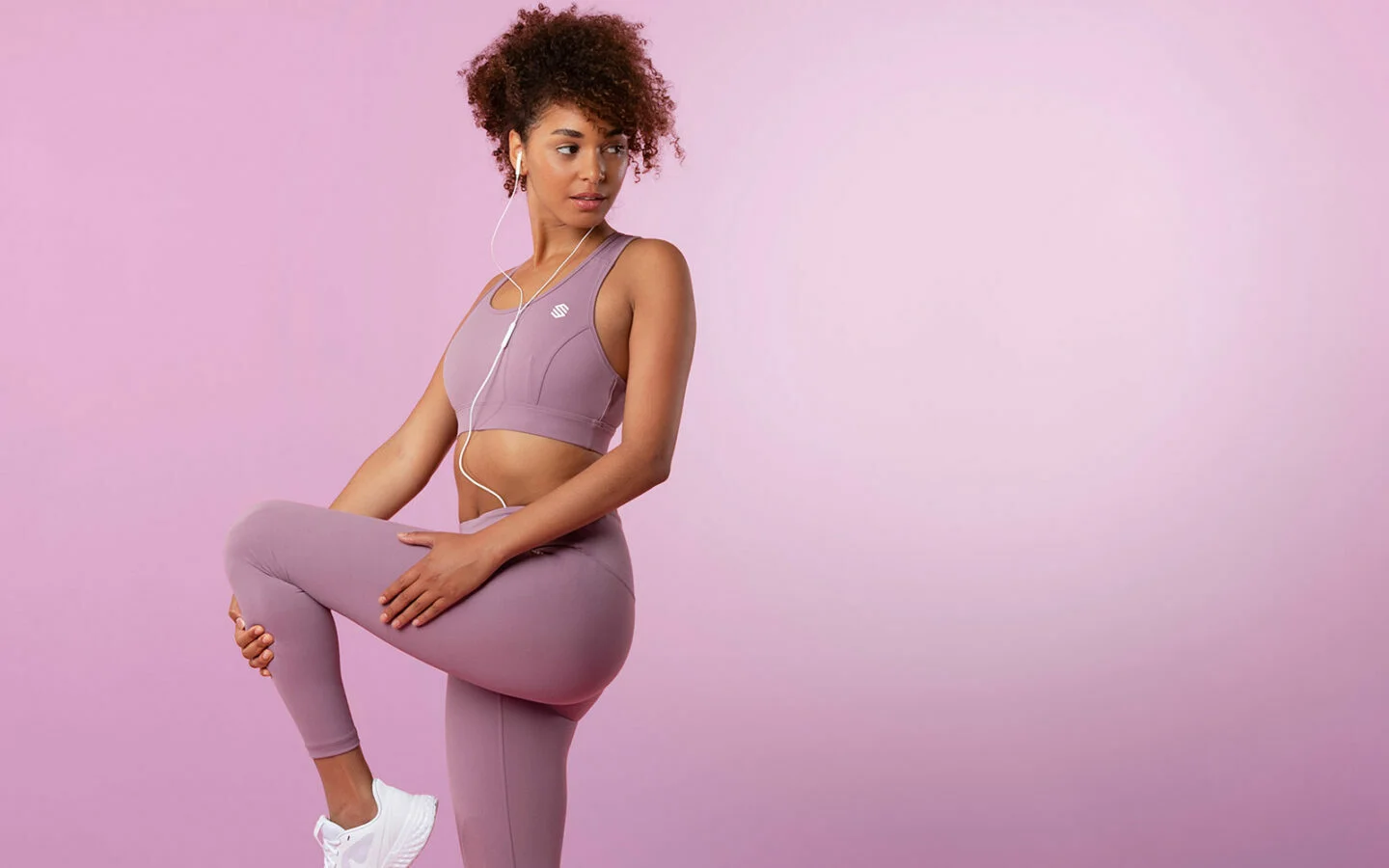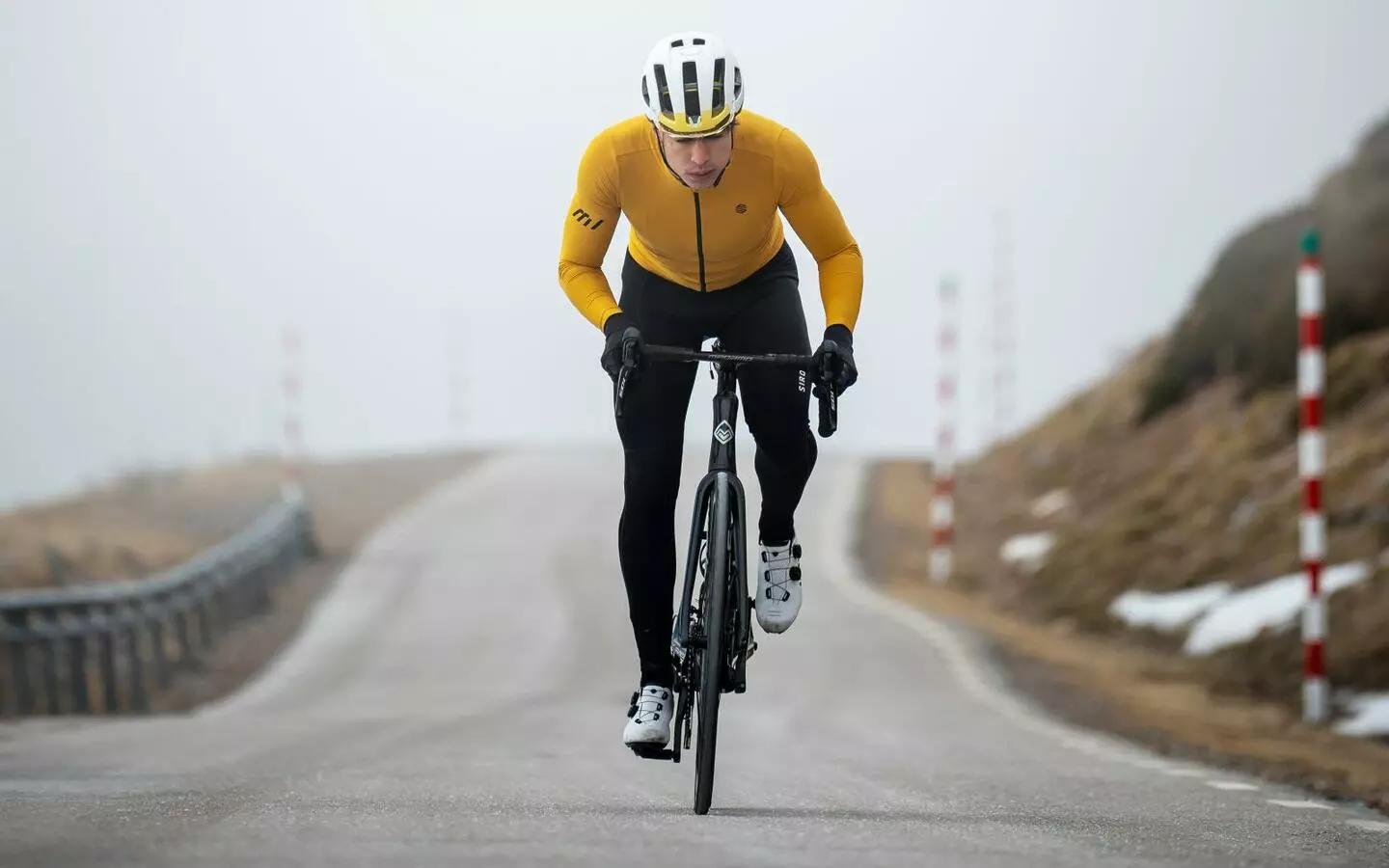In last week’s post we talked about how cycling can decrease the bone density of those cyclists who, just like pro riders, cover a lot of kilometers every year plus they have a series of factors that increase the risk. We recommend taking a look at the article because it is important to realize that, in addition to the enormous benefits of cycling, this detriment also exists. But, as we commented in the post, there is no need to panic and put the bike aside. With proper nutrition, an active and healthy lifestyle, as well as doing other sports and exercises, there is no reason to worry.
In this article, we want to focus on strength and endurance training, showing a series of exercises designed to make up for this loss of bone density and improve the strength and bone health of any cyclist, regardless of their level. These are very simple and easy exercises that can be done at home, at the gym or outdoors, at any time of the year and from 1 to 3 days a week, depending on the time and individual situation. Remember to be consistent, incorporate the training into your overall workout plan and think long term.
If you have never done this type of workout, we recommend that you start with 10 repetitions of each exercise, resting 1 minute in between, giving a total of 20-minute workout. If you find it too easy, do more repetitions, add a second round, add weight or do different variations. Before you start, remember to warm up by doing joint mobility exercises, a session on an indoor bike trainer or gentle running for 10 minutes.
Step Up
Surely only cyclocross riders enjoy climbing stairs. It is the easiest exercise and you can do it several times a day by avoiding elevators and escalators. At home, you can use an old box, crate or a chair leaning against the wall. In this video, you can find several variations to make it more difficult:
Jumping Jack
Head upright and looking straight ahead. An exercise that focuses on the legs, but also helps the back, shoulders and arms. Plus, jumping jacks provide the impact we’re looking for to activate bone “growth”. Here’s a video with a bunch of variations:
Wide Out Drop
Similar to a squat, but starting with the feet hip width apart, then jumping the feet out to open your legs, doing the squat and jumping the feet back into the starting position. Here’s a video demo:
Lunge Jump
Squat Jump
In the video below you can see how to do it correctly so as not to damage your knees or back.
Single-Leg Swing Jump
A slightly more complicated exercise as it involves balancing on one leg. The arm movement is crucial to keep the balance:
Dynamic Single Leg Balance
Balancing on one leg is quite simple, but if we add dynamic elements, we will need to make a greater effort. It can be raising your arms to touch your hands above your head, shifting a weight from one hand to the other or throwing a tennis ball at the wall as in this video:
Walk Out Push Up + Squat Jump
An exercise that activates all the major muscle groups.
Halo Kettlebell
If you don’t have a kettlebell, you can do it with a dumbbell or a heavy object with good grip.
Pull up
A good exercise for your back, however, if you want to do it at home you will have to use a sturdy and heavy table as in this video:
If you don’t have such a table, here are a few alternatives. As they say in the video, it’s not the same as a real pull up, but your floor will be cleaner than ever:
If you have never done this type of exercise before, start slowly and gradually to get used to the movements. If you do them all the first time, you’ll end up sore the next day and won’t get back to this workout for months. If you suffer from joint problems or if you have already been diagnosed with osteopenia or osteoporosis, talk to your doctor before doing any exercise and work with a personal trainer to adapt exercises to your needs.




